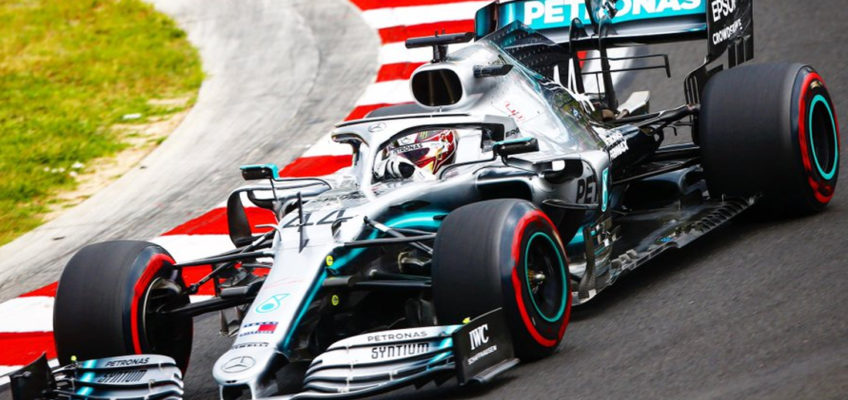Mercedes‘ pride has been wounded following their resounding failure last week at their home race. Lewis Hamilton could only manage a ninth position at Hockenheim while Valtteri Bottas was knocked out of the race after a crash. The best way to recover from the disappointment would be a success this weekend.
Ferrari for their part, face the Hungarian test with an equal mix of worry and optimism. Sebastian Vettel’s second place in his home country, after a legendary comeback, has eased the mounting pressure and harsh criticism that he has been the subject of in recent weeks. There are new other black clouds, however – technical ones this time – hovering over the team from Maranello.
The squad from Maranello is still worried about the two mechanical faults that prevented both the five-time champion from Happenheim and Charles Leclerc from participating in the classification round of the German appointment.
Worst of all, technical director Mattia Binotto has confessed they still don’t know what is it that caused the fault, very much in line with the Scuderia’s recent history.
Red Bull‘s expectations, on the other hand, are sky-high for the upcoming race. After Max Verstappen’s sensational victory in Germany, all they can think about is how to keep up with their winning streak.
As for the middle of the grid, McLaren will aim to get into Q3 and add another good handful of points. Trying to get on their way will be Racing Point, who are arriving in Hungary with a few updates to their car, and Renault, who are eager for a new beginning.
It will not be easy for any of the teams to achieve their goals. The Hungarian track is one of the narrowest, slowest and most sinuous of the Championship calendar. Not surprisingly, it was defined by a former F1 world champion as “an extraordinarily big kart track.”
At the Hungaroring, where one curve only leads to the next one, cars must rely on great traction and aerodynamic stability. The circuit was built in just nine months and it became a fixed appointment in the F1 world championship in 1986, the very same year that it hosted its first race.
”
The Hungarian racetrack will bring pleasant memories to Spaniard fans. It was there that Fernando Alonso obtained his first Formula 1 victory at the controls of a Renault in 2003.
Three years later, Pedro de la Rosa took a well deserved second place after an epic battle with Michael Schumacher on the wet. It was also in Hungary that Jenson Button (BAR-Honda) premiered its record of F1 victories.
F1 Hungarian GP facts and figures
1. Inaugural race: 1986. Winner: Nelson Piquet (Williams).
2. Number of editions: 33. All of them at the Hungaroring.
3. Most wins: Lewis Hamilton (6), Michael Schumacher (4) and Ayton Senna (3).
4. Most poles: M. Schumacher (7), Lewis Hamilton (6) and Ayton Senna (3).
5. Most victories by team: McLaren (11), Williams (7) and Ferrari (7)
Hungaroring facts and figures
1. Length: 4,381 meters.
2. Bends: 14 (8 right-sided and 6 left-sided).
3. Scheduled laps: 70.
4. Race distance: 306.63 km.
5. Tire stress level: Medium (3).
6. Adhesion: High (4).
7. Aerodynamic load level: High (4).
8. Maximum circuit elevation: 238,9 meters.
9. Throttle activated 65% of the time.
10. Brake pressed 14% at each turn across 11 brake zones
Circuit Records
Fastest in-race lap: Kimi Räikkonen – 1: 13.780 (2004)
Fastest Pole: Sebastian Vettel – 1: 11.212 (2018)
Images of ‘2019 Hungarian F1 GP’:





Leave a Reply